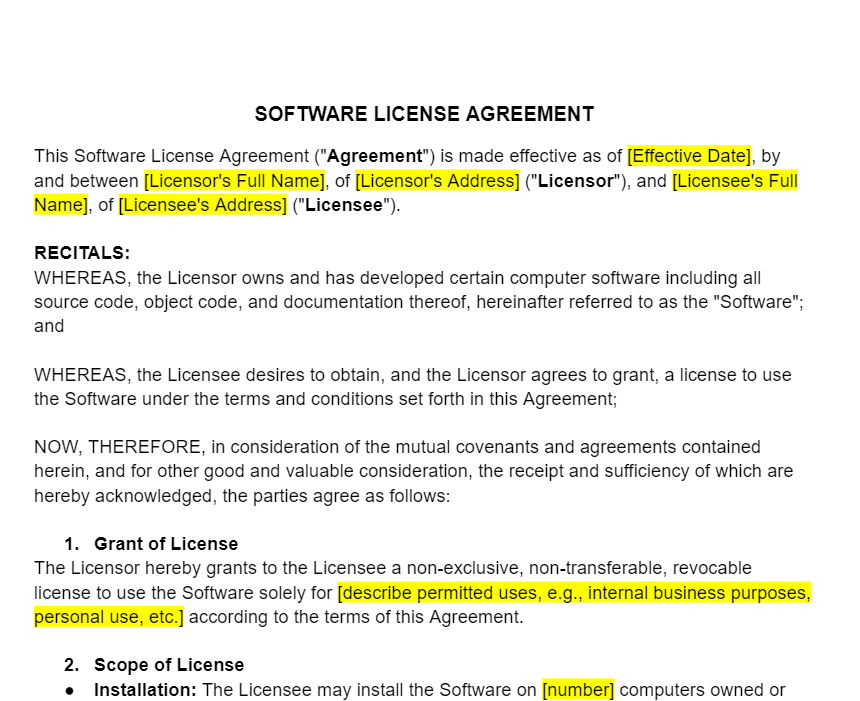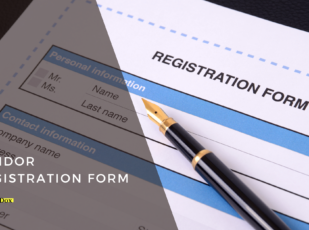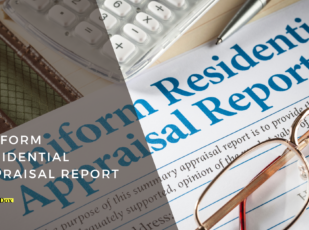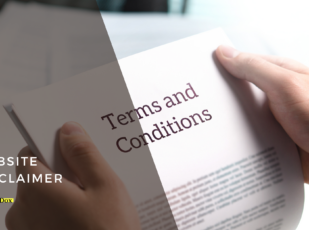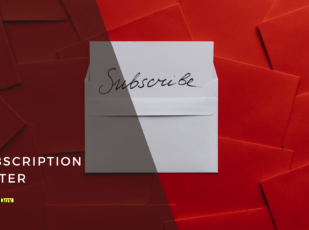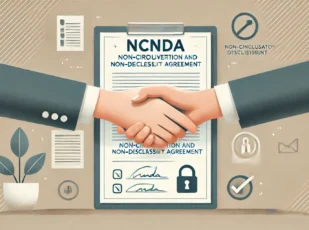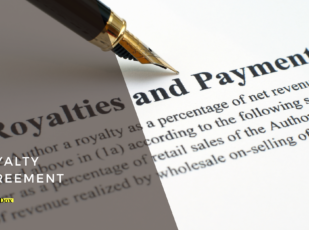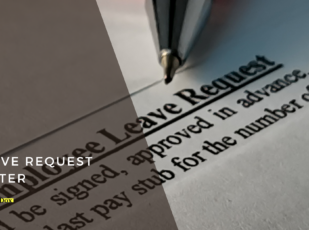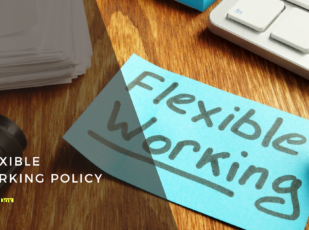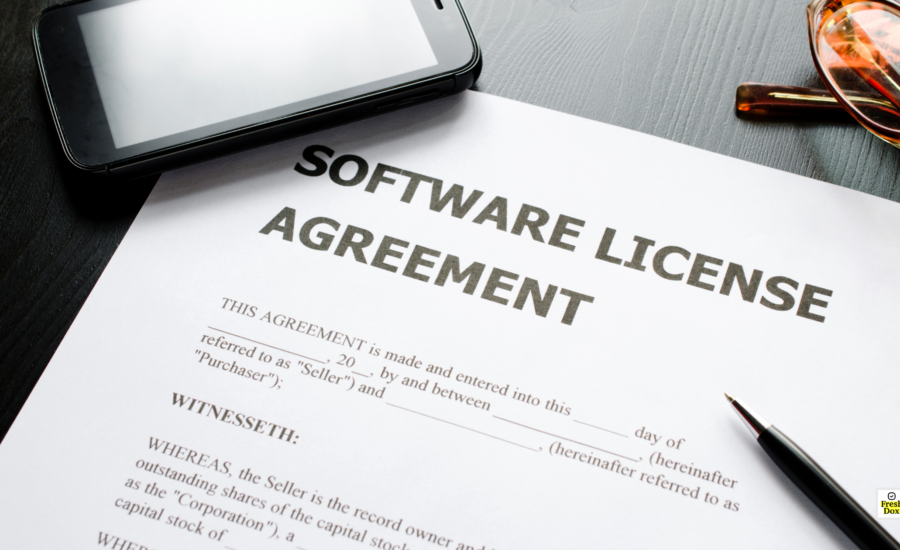
Software License Agreement Template
12 Downloads
IT and Media
February 17, 2025
Sayantani Dutta
A Software License Agreement is a tool that delineates the terms under which software can be used or redistributed by the end user. Software development and distribution form the very backbone of the modern world—and ensuring that it happens in a hassle-free way that benefits both parties (the developer and the user) is the need of the hour. It protects both parties and makes the whole process much smoother.
Particularly fundamental in protecting the intellectual property of the software creator, it also provides users with the right to use the software within specified limits. Ultimately, software developers and users can both ensure that all parties understand and agree to the terms—thus avoiding legal disputes and promoting fair use.
For these purposes, it becomes critical to implement a comprehensively drafted and robust Software License Agreement. The use of the software developed by one party is although protected by many laws, including copyright, that is simply not enough today. For example, people can reverse engineer the source code, share trade secrets, or hamper the functionality of software after they decompile it, therefore misusing it. Some might even offer their own enhancements on another developer’s software, making the original developer lose their competitive edge.
The Software License Agreement has a warranty against these things and many other disclaimers, limitation of liability clauses, and intellectual property rights to protect against all this within the applicable law. The conditions of this agreement (and any related documentation) serve the particular purpose of protecting the IP, piece of code, or software/tool.
In this article, we will take a closer look at the importance and benefits of a Software License Agreement. We will also talk about the risks of going with an inadequate template to create your agreement before introducing our own novel solution that can serve as the ideal starting point for all your needs! So, without further ado, let’s dive right into it!
Software License Agreement: What is It and Why is It Important?
The terms of this agreement are aimed at protecting confidential information such as the source code and preventing misuse of the software.
In many cases, for example, the developer is providing a software, tool, website, web app, platform, or utility “as-is,” meaning there are no warranties. If it malfunctions or causes some kind of loss due to elements beyond the developer’s control, then the developer is not liable for any damage. At the same time, every provision of this agreement is also geared toward protecting the software from misuse or replication.
The licensor (software developer) lays down all the understandings, guidelines, and restrictions for the end user (licensee). For example, it tells the end user that they are not allowed to sublicense the software, create derivative computer programs on the source code without permission, sell additional copies of the software with their own upgrades, etc., depending on how strictly the developer wants to control the release of their product, safeguard their IP, or protect their competitive edge.
Okay, so why is it so important?
Well, as it turns out, an SLA is a necessary legal framework that governs the usage of the product or software. This is the legal document that specifies what users can and cannot do with the software, such as limitations on copying, distribution, and modification.
On one side, for the users, the template outlines their rights to use the software. This ensures that they do not inadvertently violate terms that could lead to legal penalties. On the other hand, the same agreement also includes provisions that protect the source code, IP, and the interests (such as maintaining a competitive edge) of the developer.
Furthermore, a well-drafted Software License Agreement also supports compliance with international copyright laws. This protects the developer’s innovation and the user’s rights to software utilization so everybody wins.
SLA vs. EULA
Before we move on, it is important to establish the differences between a Service License Agreement (SLA) and an End-User License Agreement (EULA). In simple terms, the only difference is the intended audience. They both have similar sections and contents—but whereas the SLA is signed exclusively with a party (organization or another entity, for example) for a finite period of time, before which it needs to be renewed, the EULA is targeted at groups of users and carries no time limit. An EULA is more general in this sense.
For example, think of a calculator mobile app. It will have an EULA with more generalized and relaxed terms. A high school kid can download it from Florida and a stockbroker could be using it from New York. On the other hand, when an accounting firm creates a sophistical tool for predicting financial trends and wants to sell it to brokerage firms in Wall St., it will sign exclusive SLAs with these firms (even if they are the same in content, they are exclusive, technically).
It is not to say that EULAs are always meant for simpler applications and software whereas SLAs only apply to more complex programs, but this is the way it works generally. Many sections, such as the consequential damages, indemnification clauses, and jurisdiction/governing law remain the same between both.
Don’t Rely on Inadequate Templates!
Without a comprehensive Software License Agreement Template, software developers are exposing themselves to significant risks. Without clearly defined usage rights, you might find your software being used in unauthorized ways. This can easily lead to lost revenue or compromised software integrity.
What’s more—the absence of a formal license agreement may result in legal ambiguity. This makes it difficult to enforce the terms of software use, which, in turn, can be particularly damaging in cases of copyright infringement.
Users can also find the lack of a clear agreement problematic. For example, there could be uncertainties about the rights and obligations of the users. If they do not know how to interact with the features or what not to do with the software, they can unknowingly violate the terms. Non-compliance with the licensing terms in this way can be quite harmful to the users, especially if the developer decides to uphold their terms even in the case of accidental breaches.
All of this stems from an unreliable template.
Businesses, developers, and organizations often use generic, free templates often found on the internet. These templates fail to cover all bases. They might have the majority of sections/headings that you need as well as a lot of boilerplate content in the form of points or clauses, but they will most likely lack a comprehensive framework and complete customizability. For example, if a critical recent state-specific regulation is missing, you will never know. You will end up drafting an SLA that simply lacks that regulation—potentially opening you up to significant risks down the line.
That is why you should always start off with a premium, comprehensive SLA template. More on that in the end!
The Key Components of an SLA
The entire agreement covers a lot of things—from waivers and clauses for arbitration to legal advice for the termination of this agreement and dispute resolution. The licensed software and its merchantability need to be protected at all costs. So, with that in mind, what powers does the license grant and what components does it have? There are 5 key parts:
- Grant of License: First of all, the SLA will specify the rights being granted to the user, such as the right to install, run, or modify the software. Sometimes, there is a non-transferable license included in the SLA, which protects the object code’s ownership from being transferred under the laws of the state. All these proprietary rights are held within this section.
- Restrictions: The restrictions section clearly outlines prohibitions including any limitations on copying, redistributing, or reverse engineering the software product or its source code. The restrictions are up to the sole discretion of the developer. Such information needs to be respected by the end user and in case there is a breach, the developer can use the clauses in this section to initiate further action as stipulated in the SLA itself.
- Term and Termination: Typically, SLAs carry a term or the period of time for which the license is functional. This might or might not be longer than the warranty period also provided with the software. In this section, you will define the duration of the license and the conditions under which the agreement can be terminated (such as the breach of terms). If the license needs to be renewed annually, then the term will stipulate that 12 months from the effective date is when the license will expire.
- Warranties and Disclaimers: In the next section, you will describe any guarantees you are providing about the software and any disclaimers of liability. Many software products are provided without any warranties. Also, if your software is critical for the business functions of your end users or clients, you need to be especially careful about which liabilities you take up, if any. Let’s say you offer real-time updates about stock data based on an API. If the API malfunctions and your clients cannot trade because your software is stuck, who is liable for the losses? Strike a balance between cutting your losses and doing your due diligence for your users.
- Indemnity: Lastly, the Service License Agreement will include indemnity clauses. These clauses essentially protect you against damages caused by:
- Factors beyond your control, such as force majeure events;
- Intentional or unintentional misuse of your software; or
- The breach of any terms of the agreement.
Of course, as this is a legal document, you will also discuss the governing law by identifying the legal jurisdiction that will govern the disputes arising from the agreement, signatures, and dispute resolution mechanisms.
Safer Licenses with FreshDox.com’s Premium SLA Template
Looking for the perfect starting point for a unique, professional, legally sound, and software-specific Service License Agreement to protect your interests and IP rights? Look no more! We help software developers and companies in managing the legal aspects of software distribution. FreshDox.com has a professionally designed SLA Template developed by legal experts familiar with digital products and intellectual property laws. Our template ensures that all necessary terms are covered comprehensively.
Whereas generic, free templates give you a bulk of boilerplate text that you can edit out, we offer many more relevant sections to cover all bases, including contents and clauses within all sections. You can add, remove, edit, and select what you need to create an SLA that fits the bill for your needs.
When you subscribe to FreshDox.com, you gain access to our Software License Agreement Template as well as a bunch of other business, professional, and legal document templates in both PDF and Word formats. All of our templates are designed for easy customizability and focus on covering all legal bases.
FreshDox.com also has a provision for a 14-day trial period that enables you to explore the benefits of both our plans—Basic and Premium. The Basic Plan allows you to download up to three document templates per month. The Premium Plan allows you unlimited downloads (ideal for businesses that manage multiple software products or have ongoing needs).
With our Software License Agreement Template, you can secure your software products with a robust legal framework that protects your rights as a developer and clarifies usage rights for your customers. Sign up today to improve the legal readiness of your software distribution strategy and ensure compliance and protection across all fronts.
Popular searches:
Related Templates
Discover more templates that align with your needs and preferences.

Ready to Sign Up?
Sign up for FreshDox.com’s 7-day trial and discover why so many individuals and businesses trust us for their legal document template needs.
- Cancel any time
- 7-day free trial
- From 300+ Customer Reviews

